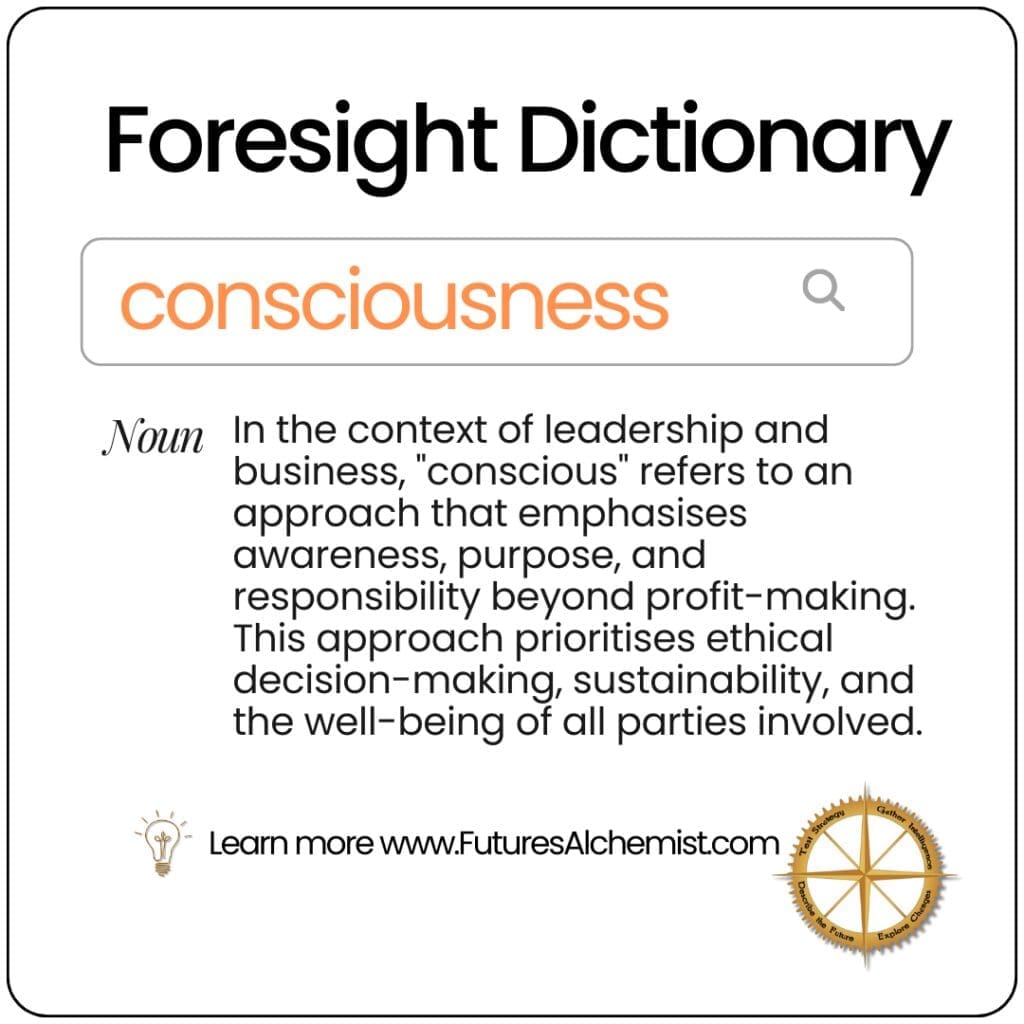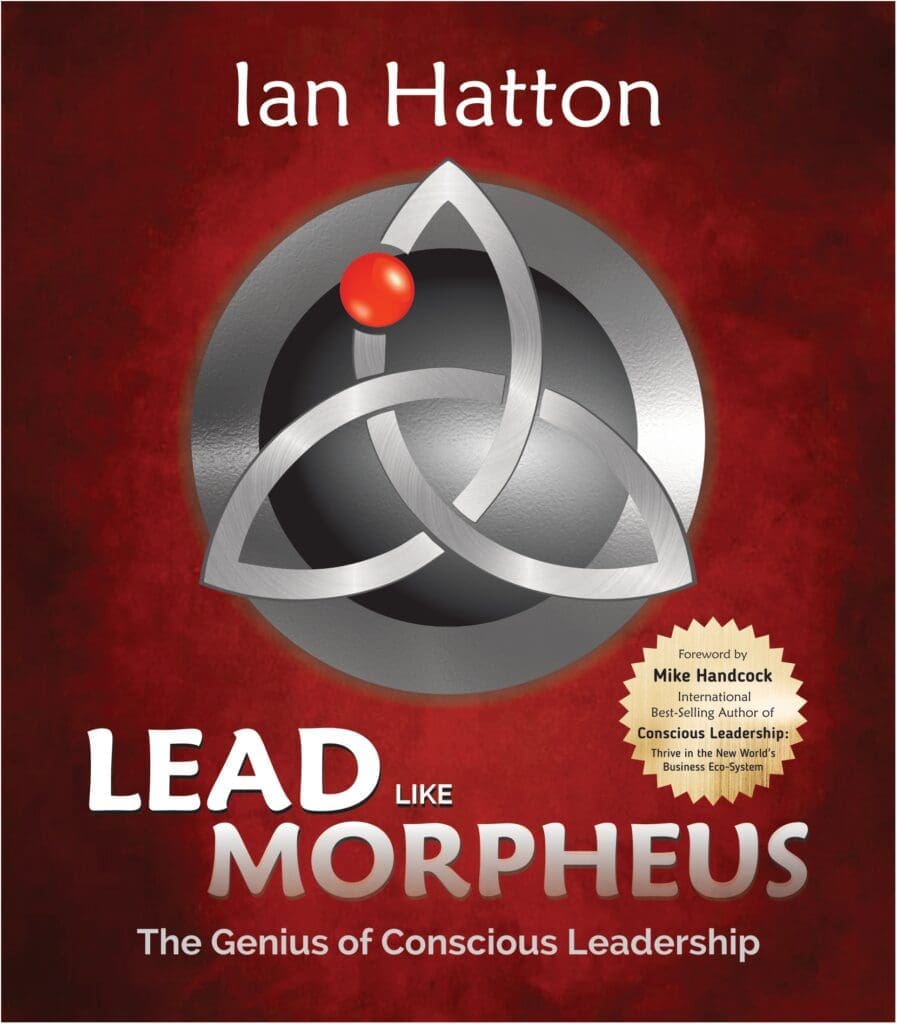

Definition
In the context of leadership and business, “conscious” refers to an approach that emphasises awareness, purpose, and responsibility beyond profit-making. It involves leaders and organisations operating with a holistic understanding of their impact on stakeholders, society, and the environment. This approach prioritises ethical decision-making, sustainability, and the well-being of all parties involved.
Example
Patagonia
Patagonia, the outdoor clothing company, is often cited as an example of conscious business. Under the leadership of founder Yvon Chouinard, Patagonia has consistently prioritised environmental sustainability and social responsibility alongside its business goals. In 2022, Chouinard took this a step further by transferring ownership of the company to a trust and non-profit organisation dedicated to fighting climate change and protecting undeveloped land.
Ask yourself
- How aware am I of the broader impact of my decisions on stakeholders and the environment?
- Am I making choices based on short-term gains or long-term sustainability?
- How can I align my personal values with my leadership or business practices?
- In what ways can I promote transparency and ethical behavior within my organization?

Tools
- Stakeholder Mapping: To identify and understand the needs of all parties affected by business decisions.
- Triple Bottom Line (TBL) Framework: Evaluating performance based on social, environmental, and financial impacts.
- Mindfulness and Meditation Practices: To develop self-awareness and emotional intelligence.
- Corporate Social Responsibility (CSR) Metrics: To measure and improve the company’s social and environmental impact.
Recommended!
I highly recommend my friend and colleague, Ian Hatton, and his work on ‘Lead like Morpheus’ as an excellent example of conscious leadership.

Above/Below the Line
In conscious leadership, “above the line” and “below the line” refer to two distinct mindsets or ways of operating:
- Above the Line: Characterised by openness, curiosity, and commitment to learning. Leaders operating above the line take responsibility for their actions and outcomes, view challenges as opportunities, and approach situations with creativity and innovation.
- Below the Line: Characterised by closed-mindedness, defensiveness, and a commitment to being right. Leaders operating below the line often blame others, make excuses, deny responsibility, and view challenges as threats.
Example: Imagine a company facing a significant drop in sales.
An “above the line” leader might say: “This is an opportunity for us to reassess our strategy and innovate. What can we learn from this situation, and how can we improve?”
A “below the line” leader might say: “It’s the marketing team’s fault. If they had done their job properly, we wouldn’t be in this mess.”
There is a book and a Keynote!
The Conscious Futurist model demonstrates how people can move from the lower levels of a spiral (below the line) to the higher levels of being a conscious futurist. It implies increased awareness of wider circles of stakeholders and longer periods of time into the future.






